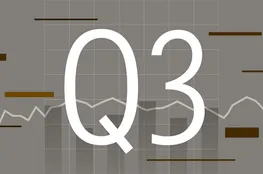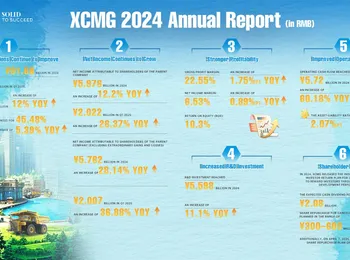Social Security beneficiaries could face reduced payments this month as the Department of Education continues its efforts to collect overdue federal student loan payments. Approximately 195,000 Social Security recipients have already received 30-day notices, alerting them to their default status and the potential for garnishments through the Treasury Offset Program. This program allows the Treasury Department to recover debts by reducing or halting payments to benefits like Social Security, tax refunds, and other government assistance. The Education Department estimates that by the end of summer, a staggering 5.3 million defaulted borrowers will receive similar notices, highlighting the widespread impact of student loan delinquency. Student loans are considered in default after a period of non-payment exceeding 270 days, a significant threshold that triggers this collection process. The consequences of defaulting on a student loan extend beyond reduced payments, potentially damaging credit scores and even leading to the seizure of assets. For older Americans, where Social Security benefits often represent a primary or sole source of income, these garnishments pose a particularly serious concern.
The Department of Education’s efforts to collect overdue student loan payments are a direct result of ongoing attempts to reform the Education Department, initiated under President Donald Trump, though recent court rulings have partially blocked these changes. The collection process remains in effect, having been paused briefly in March 2020 due to the onset of the COVID-19 pandemic and subsequently extended by the Biden administration. These collection efforts are aimed at addressing the substantial amount of outstanding student loan debt held by millions of Americans. The Treasury Offset Program is a key component of this strategy, allowing the government to recoup defaulted loan payments through various benefit reduction mechanisms.
Federal law offers a degree of protection, safeguarding up to $750 in monthly Social Security benefits from garnishment; however, this amount is significantly below the federal poverty line. Borrowers struggling to meet their student loan obligations are strongly advised to contact the Default Resolution Group (DRG) for assistance. The DRG can provide support by facilitating payment plans, enrolling borrowers in income-driven repayment (IDR) plans, or assisting with loan rehabilitation options. Understanding these options is critical for those facing financial difficulties and wanting to avoid the detrimental effects of student loan default. Proactive communication with the DRG and exploring available repayment strategies are vital steps for Social Security recipients at risk of experiencing reduced payments.
The ongoing situation underscores the complex interplay between federal debt collection programs and vulnerable populations reliant on essential benefits like Social Security. Staying informed about changes to repayment policies and actively managing student loan obligations can significantly mitigate the potential impact of garnishment on financial well-being. This situation highlights the importance of financial planning and responsible borrowing practices, particularly for older Americans navigating the complexities of retirement income. Responsible borrowing practices are crucial to avoid falling into this situation.
























